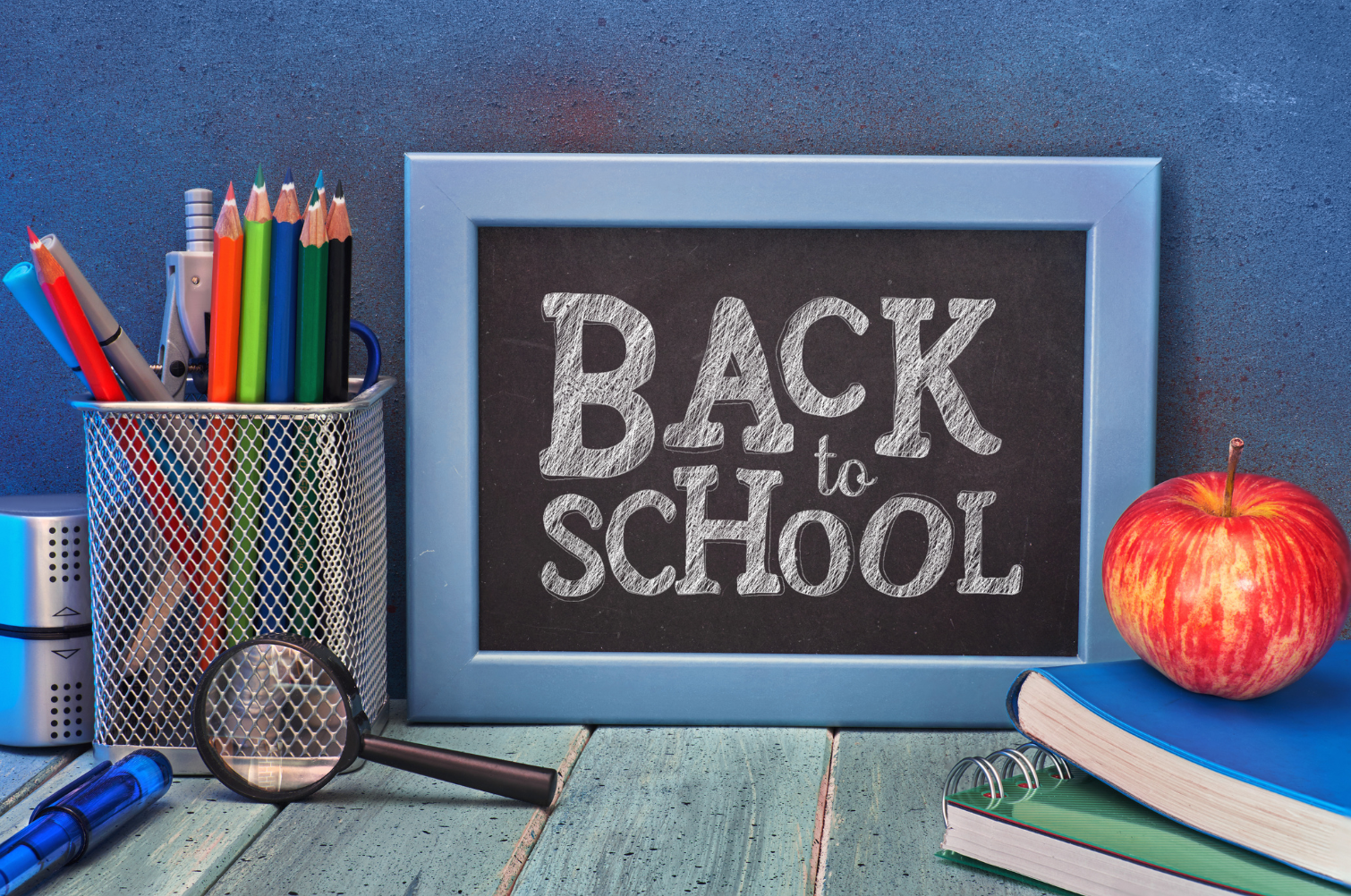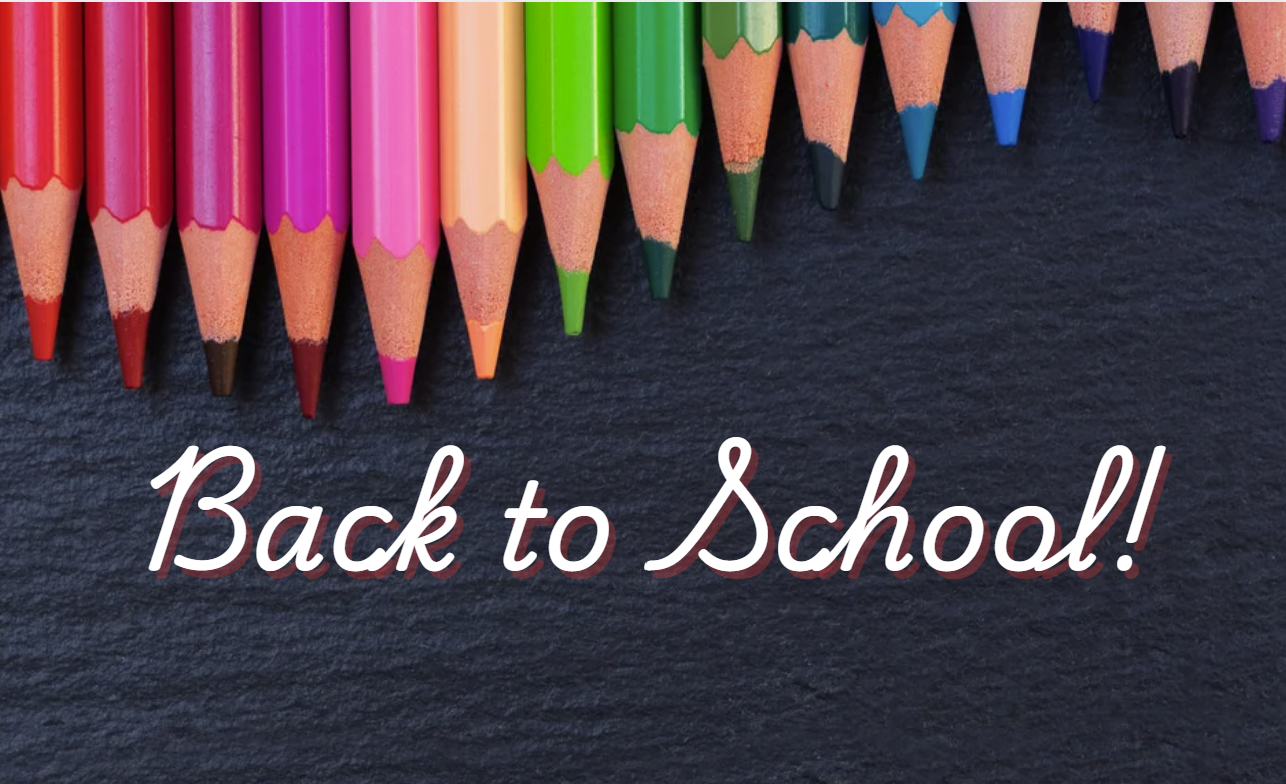
Elementary Edition
A new school year is around the corner, and with it often comes all the feels! Kids may be excited to see their friends, nervous about being in a new classroom, wondering who they will sit with at lunch, anticipating the arrival of new students, curious about new lessons they will receive, and so much more. Even positive feelings like excitement mean an arousal of the nervous system, and that can leave kids feeling jittery or on edge. You might be noticing an increase in stomachaches or outbursts, more sibling conflict or difficulty with sleep. Here are a few simple ways to ease the transition back before the first day of school.
Reset sleep routines
If you noticed bedtime creeping later and later over the summer months, it is a good idea to start returning to an earlier bedtime even before school begins. This will give kids bodies and minds time to reset and ease back into their routines. You might start setting the morning alarm and practicing the weekday wake-up routine. You can bring mindfulness into the conversation by talking over what nighttime and morning routines feels best for them. What do they want that to look like? If screens snuck into the bedroom over the summer, start to reset those boundaries around screens and sleep. Again, mindfulness can come into the conversation as you share the research around how using screens before bed affects our sleep.
Get organized
Dig out those backpacks, lunch boxes, water bottles and school supplies and have your child give everything a good clean! While you’re at it, they can organize, tidy and decorate their desk or home learning space to make it feel functional, comfortable and special. Routines often change or fall away over the summer, and this is a great time to have a family meeting to go over household responsibilities, expectations and chores. What are they in charge of and how are they contributing to their family community? If you are signing up for extracurriculars, make sure to leave some space for downtime. Overbooking can lead to mid-semester exhaustion. Once everything is organized, make sure to translate it to a calendar or visual schedule to help with continuity and follow-through.
Review healthy habits
Over the summer, there can be less structure around snacks and mealtimes. In the weeks before school starts, try to return to typical routines for school day breakfasts, family dinners, and appropriate snack times. Take the opportunity to talk about what foods they are enjoying and what they want to pack for school lunches. They can make a grocery list and practice shopping and prepping their lunchboxes, so they are already in the groove when school begins.
But healthy habits extend beyond food and physical activity. You might consider a digital detox, or simply reinforce tech boundaries: what is appropriate to watch, how much time do they get on a device, where are devices used in the home, what chores need to happen before they can hop on a screen, etc. A tech break will leave time for more physical activity, play, socialization, and, yes, boredom (a.k.a. the catalyst for an amazing new discovery)!
Foster social connection
The beginning of school can bring up questions of friendship. Talking with kids about how relationships can change over time is a good way to prepare them for potential shifts in friendships. It can be hard when friendships change, or new students join a class. Some kids feel left out when they have to share a friend with another peer. Letting kids know these changes are normal and happen throughout life can help them prepare mentally and emotionally for a new classroom dynamic. The weeks before school are also a great time to reach out to friends for playdates or outings. This can help ease social anxiety before the first day of school.
Encourage communication
Find the right moment to ask how they are feeling about starting a new school year. You can ask a combination of open-ended and specific questions, but avoid asking leading questions that invite worry, like, “Are you feeling anxious about Sarah being in a different class this year?” Observe for symptoms of anxiety or nerves, such as stomachaches, headaches, difficulty sleeping or big feelings. When they open up, practice active listening: listening without interrupting and without the goal of fixing a feeling or problem. We can’t always fix it, but we can be present, show we care, and give them our full attention.
Practicing mindfulness is a great way to navigate the excitement and nerves that come with the back-to-school transition. You can cultivate awareness by giving language to emotions and helping them notice how they feel in the body. Through mindfulness and self-awareness, you can help kids discover the right tools to support self-regulation in healthy ways.
We hope you enjoy these last days of summer and look forward to welcoming you back to Cedars in the coming weeks!


